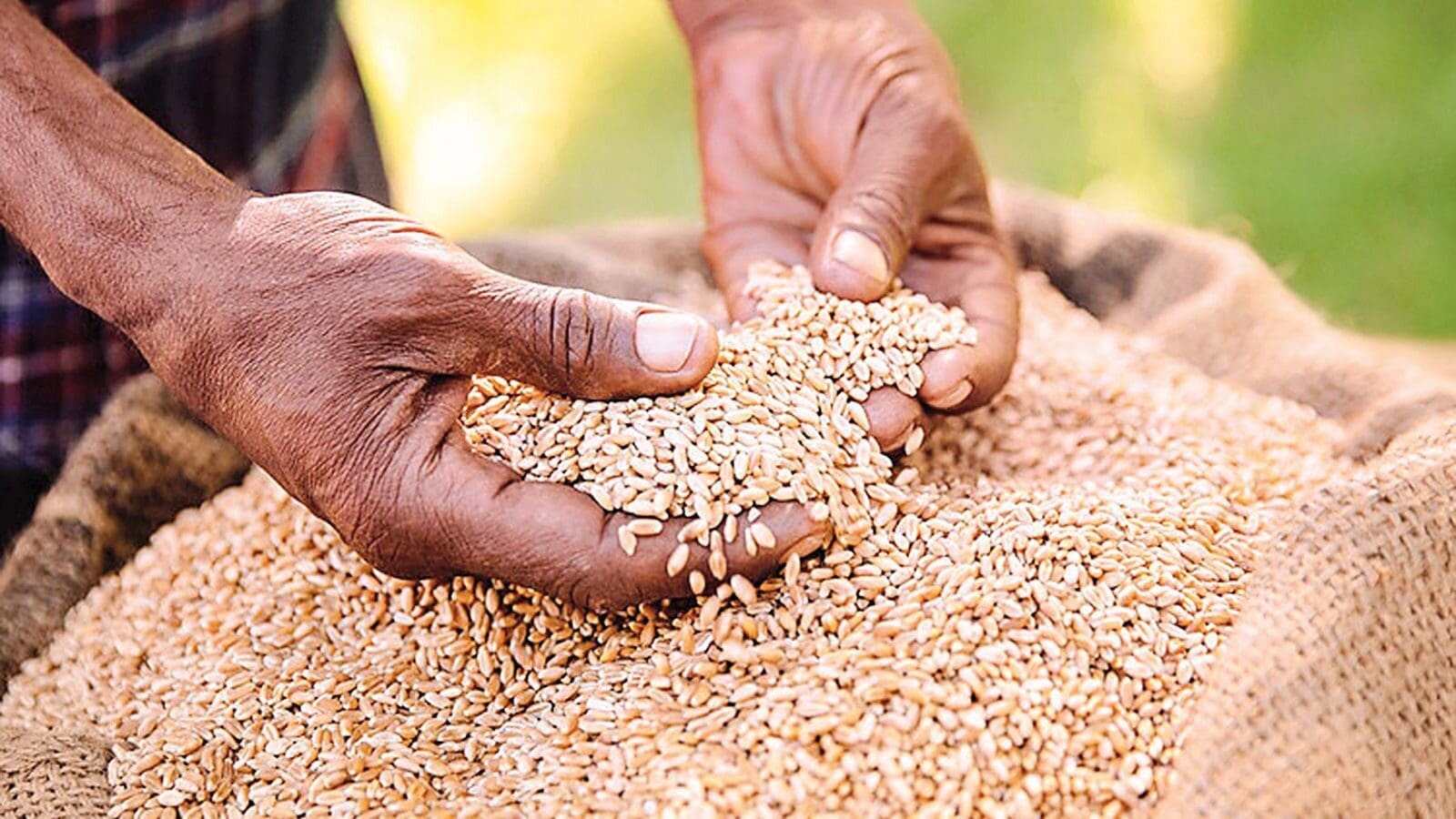NIGERIA – Nigeria’s wheat production is forecast to increase by 42% in the 2023-24 marketing year primarily due to a memorandum of understanding signed by the Flour Millers Association of Nigeria (FMAN) to purchase wheat at a competitive price, the US Department of Agriculture has reported.
According to USDA, severe repercussions from Russia- Ukraine war which distracted imports from the Black Sea region prompted the Nigerian government to increase domestic wheat production amid high global wheat prices.
Previously, Nigeria relied on imports for more than 95% of its wheat supply. However, USDA reports that the area harvested is projected to increase by 30% to 130,000 hectares and production is expected to rise to 156,000 tonnes from 110,000 tonnes.
The increased planted area is attributed to more farmers motivated to plant more following the FMAN-guaranteed price and a ready market for wheat from the FMAN MOU.
In addition, FMAN aims to engage six certified seed companies to produce sufficient improved wheat seeds to plant 10,000 hectares (ha) in both the dry and wet seasons in MY 2023/24.
Despite the projected production increase, Post projects Nigeria’s wheat consumption in MY 2023/24 to reduce by 6 percent from the MY 2022/23 due to deteriorating macroeconomic conditions, and high cost of production leading to high prices of wheat-based commodities.
Meanwhile, to reduce overhead costs and control rising bread prices, bakers are increasingly using composite blends and increasing alternative flour (e.g., rice, cassava, and sorghum) percentages from 10 percent to about 20 – 30 percent.
FAS Lagos forecasts MY2023/24 wheat imports at 5.45 million metric tons (MMT), a 1 percent decrease from the previous year owing to increasing domestic production.
Corn and rice production to decline in MY 2023/24
Meanwhile, FAS Lagos forecasts Nigeria’s corn for MY 2023/24 at 11.9 million tons to decrease by 2 percent compared to 12.1 million tons for the last year.
The marginal decrease is due to insecurity in Nigeria’s corn production areas primarily in the North – Northwest, Northeast, and Northcentral states, high production costs, and climate change.
MY 2023/24 area harvested is forecast at 5.7 million hectares, about a 2 percent fall compared with the 5.8 million hectares in 2022/23.
On consumption, Post forecast a 3% decrease at 12.4 MMT from the USDA’s figure of 12.8 million in the previous year owing to high corn prices.
In addition, USDA attributes the declined consumption to a decline in the use of corn in poultry feed formulations which ideally comprise 60-65 percent of corn.
According to USDA, the surging corn prices are challenging poultry farmers and processors leading to abandoning their businesses or shifting to alternatives during formulations.
On rice, USDA projects rice production in Market Year (MY) 2023/24 to decrease slightly by about 1 percent from the previous year due to high fertilizer prices, inadequate mechanization, low household purchasing power, reduced access to farmlands in conflict-prone areas, and climate change.
Consequently, Post forecasts MY2023/24 rice consumption at 7.3 MMT, a 2 percent decrease attributed to low consumer purchasing power and the high price of rice.
In addition, the quality of most locally produced rice brands is low – due to many impurities such as rocks, dirt, and rice husks. As a result, Nigerian consumers choose imported brands from Thailand, Vietnam, and India, among others.
As a result, post estimates MY2023/24 imports at 2.4 MMT, about a 4 percent increase from the 2.3 MMT projected for the previous year.
Post forecasts Nigeria’s sorghum production in MY 2023/24 at 7 million metric tons (MMT), the same as the previous year.
For all the latest grains industry news from Africa, the Middle East and the World, subscribe to our weekly NEWSLETTERS, follow us on LinkedIn and subscribe to our YouTube channel









